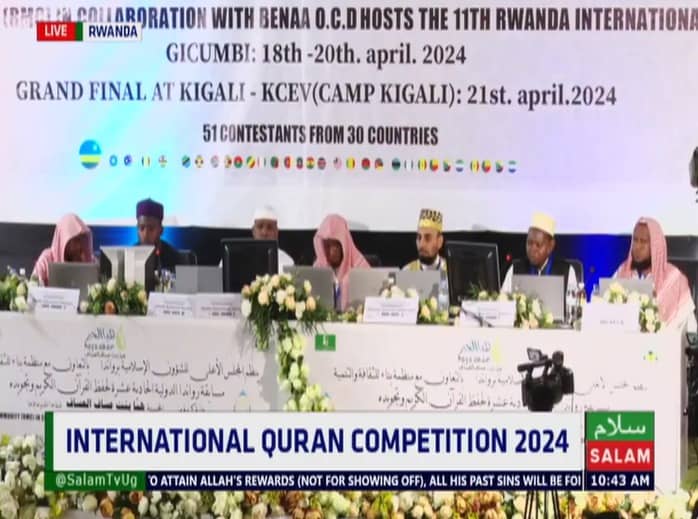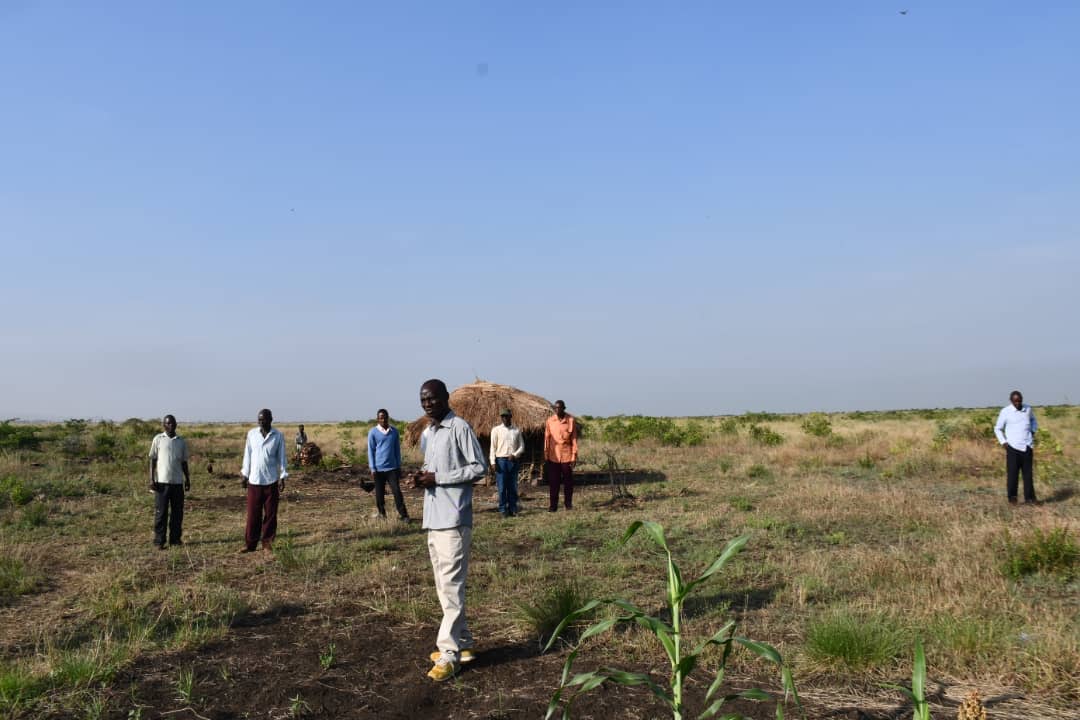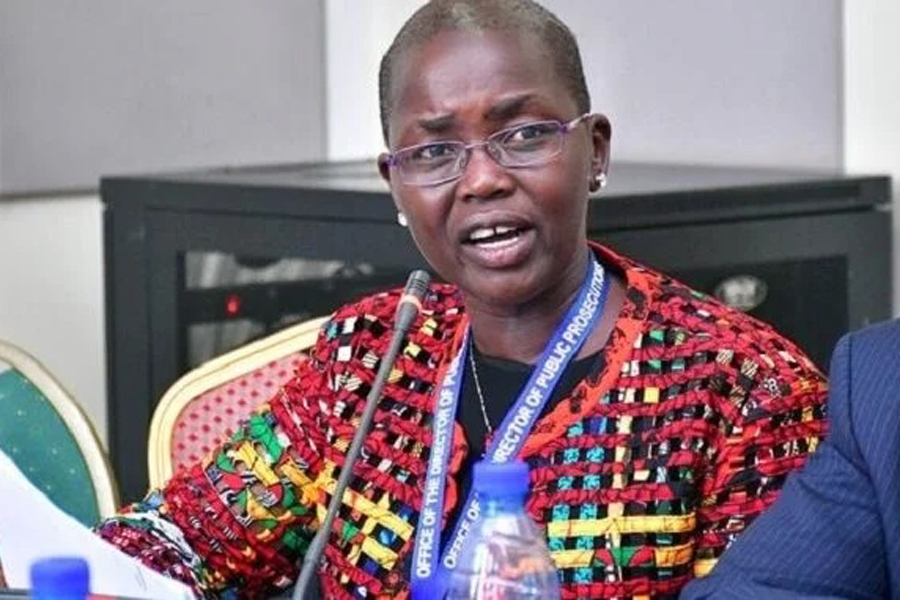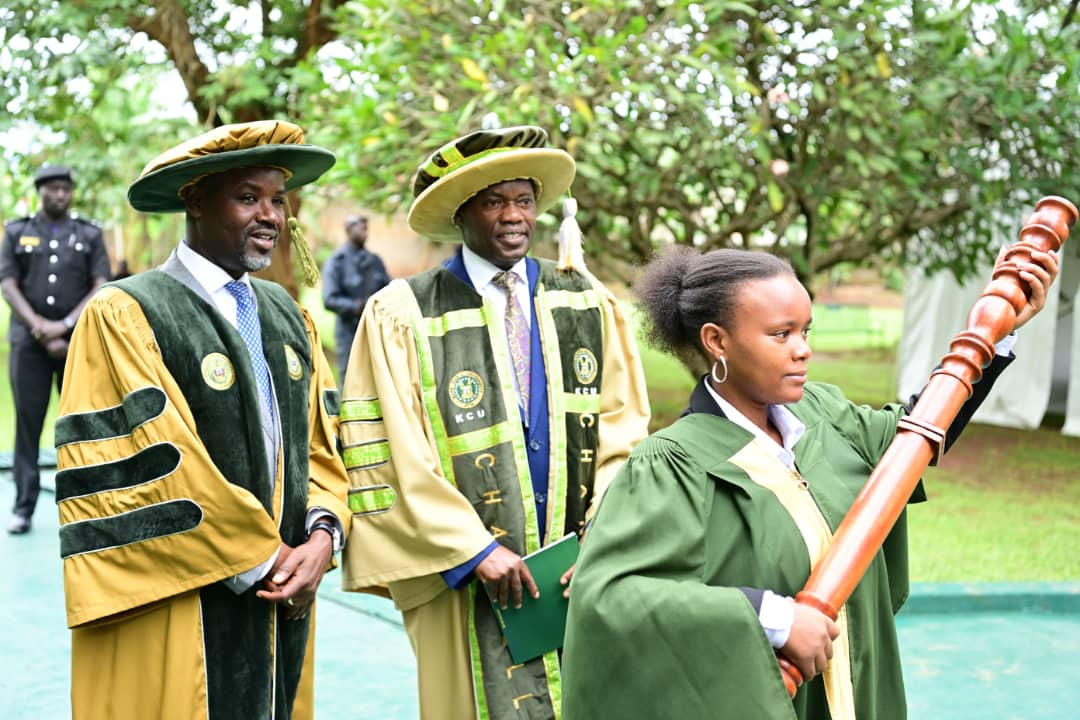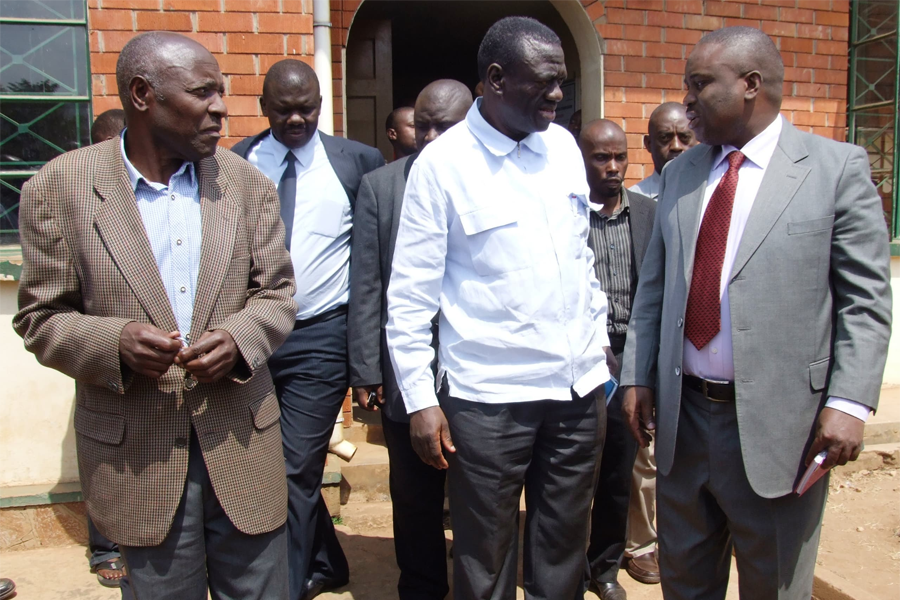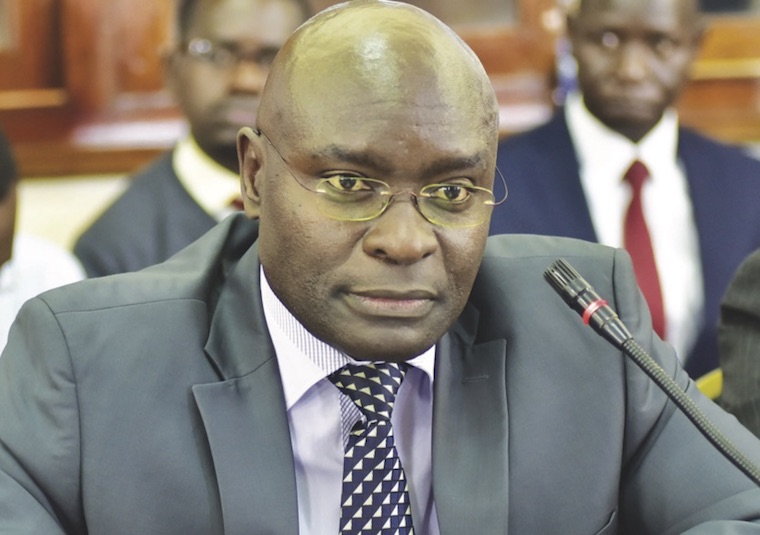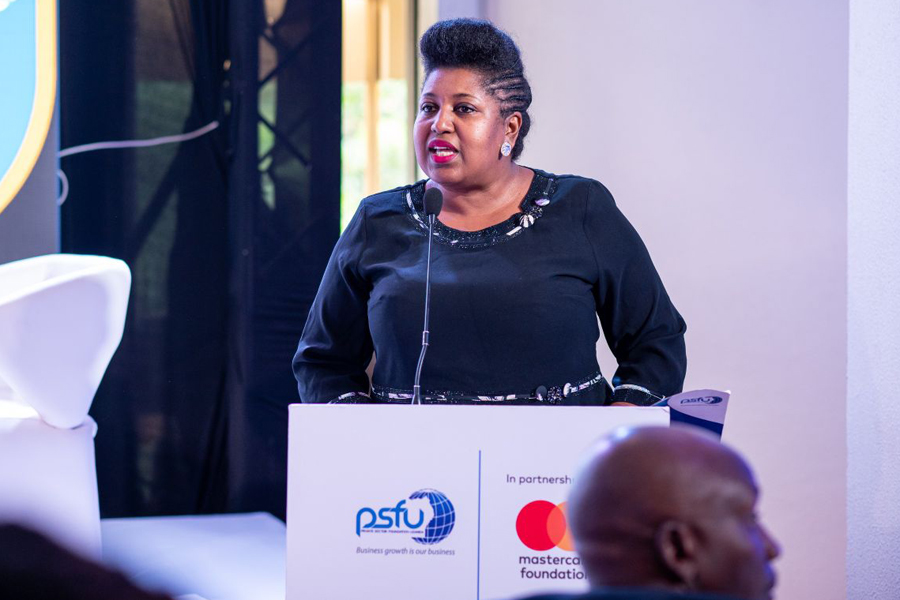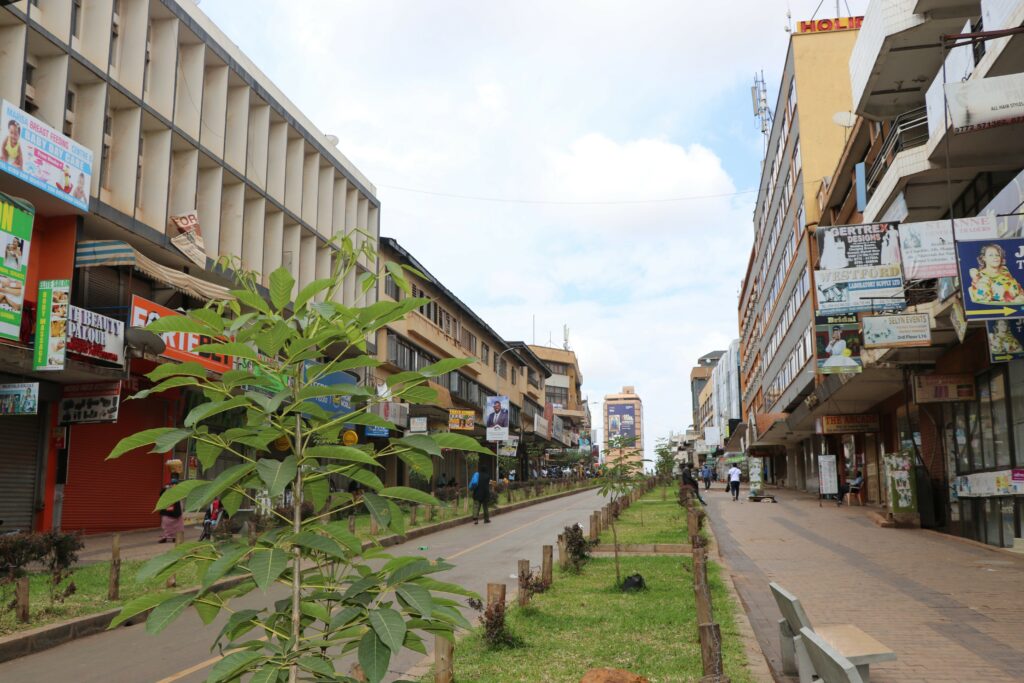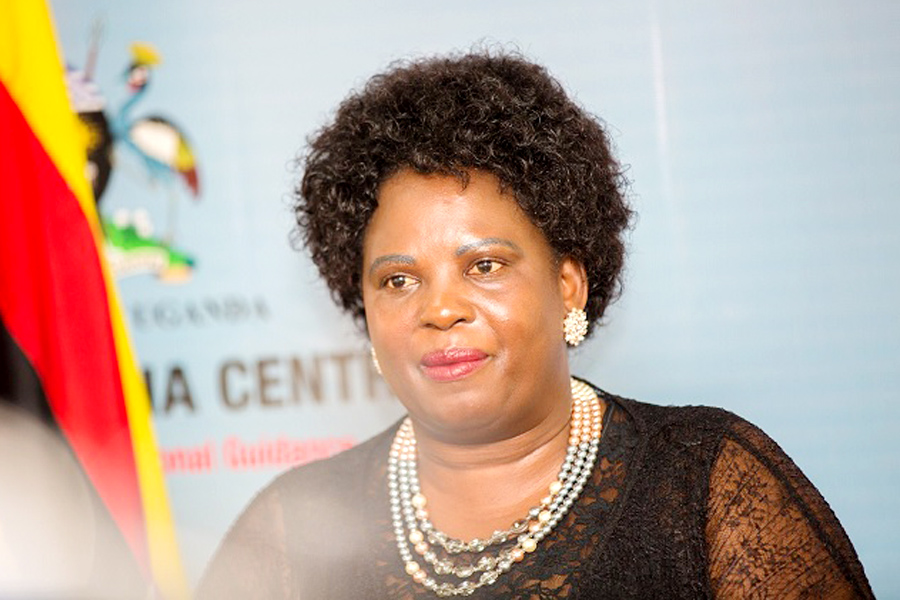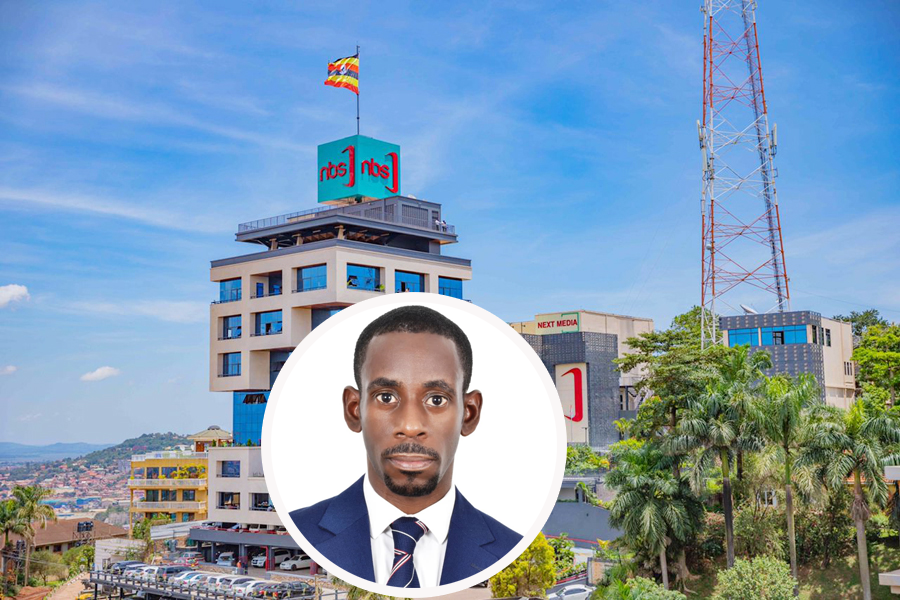Expert: Press North Korea to Reveal All Secret Nuclear Sites
Washington must press Pyongyang to reveal the existence of secret nuclear sites, including the second uranium enrichment facility known as Kangsong, in any nuclear disarmament deal, said a former United Nations nuclear inspector.
The United States must “make sure [North Korean officials] include these additional sites upfront into the deal,” said David Albright, a former United Nations nuclear inspector and current nuclear proliferation analyst at the Institute for Science and International Security.
Increased nuclear activities
Albright made his comments as another expert said North Korea’s increased nuclear activities since the summit in June have raised concerns whether it has violated the agreement made with the U.S. to denuclearize the Korean Peninsula.
Before U.S. Secretary of State Mike Pompeo headed to Pyongyang on Thursday to discuss denuclearization details, reports of North Korea’s secret nuclear sites and upgrades to the Yongbyon nuclear site surfaced. The reports fueled speculation about the real intentions of North Korean leader Kim Jong Un regarding denuclearization, despite what was said to U.S. President Donald Trump during last month’s summit in Singapore.
NBC and The Washington Post reported last week that U.S. officials believe, based on the latest intelligence assessments, that North Korea has been making preparations to deceive Washington about how many weapons it has in its possession and that the Kim regime has been increasing its production of enriched uranium for nuclear weapons at several secret sites since the summit.
These reports came at the heels of another report by 38north.org, indicating last week that Pyongyang was continuing to make “improvements to the infrastructure at North Korea’s Yongbyon Nuclear Scientific Research Center … at a rapid pace” based on satellite images taken from June 21.
Secret underground facility
Aside from the Yongbyon facility, which is the only nuclear site the North acknowledges, Pyongyang also operated Kangsong, a secret underground facility that is believed to have the capability to enrich twice the amount of uranium than Yongbyon.
According to Albright, who first mentioned Kangsong in May, the U.S. has known about the site since the Obama administration but remained mum.
“We agreed at that time it would have severely complicated the negotiations because the Obama administration had decided that they only wanted to freeze activities at Yongbyon, and they would deal with sites outside Yongbyon later,” Albright said. “So, if we published information about a secret site, that would become a part of negotiations and disrupt things. So, we agreed not to release it.”
Albright said the site needs to be acknowledged now by both sides so that Pompeo’s talks with Pyongyang include discussion of dismantling all of its facilities that have the capacity to produce nuclear weapons.
“In this case, I feel that it’s important to get this information out to impress upon negotiators that this agreement has to be different. It has to get at North Korea’s ability to make nuclear weapons,” said Albright adding, “I think Trump people are intending to do that, but you never know.”
Summit agreement
North Korea’s alleged increased nuclear activities since the summit raised concern about whether it has violated the agreement made with the U.S. to denuclearize the Korean Peninsula.
“I don’t think they have any agreement that would make it a violation at this point,” said Christopher Hill, a chief U.S. negotiator with North Korea during the George W. Bush administration.
Hill continued, “All they have is a one-page summary from Singapore … Secretary Pompeo is going there. And let’s see what he comes back with.”
Hill said information about North Korea’s secret sites and continued nuclear activities seemed to have been leaked before Pompeo’s trip to Pyongyang in order to put pressure on him to negotiate a more substantial deal during this visit.
Critics of the Singapore summit have been arguing the joint statement issued by Trump and Kim at the summit failed to include any detailed agreement on denuclearization.
Give Pompeo a chance
Pompeo is expected to meet with North Korean officials through Saturday in what would be his third trip to North Korea and the first meeting since the summit.
While the concerns about North Korea’s undeclared nuclear sites and increased nuclear activities have raised concerns over its intention to denuclearize, Joseph DeTrani, a former U.S. special envoy for negotiations with North Korea said, “Let’s be patient. Let’s see what their nuclear declaration looks like and ensure that they sign a verification protocol that’s robust. And we can go from there.”
Robert Gallucci, chief U.S. negotiator during the 1994 North Korean nuclear crisis, thinks the leaked reports about Pyongyang’s nuclear activities could be leverage for Pompeo but said, “It's clear that neither the secretary or, more importantly, the president doesn’t want to go back to a hard line.”
During his negotiations, Pompeo is expected to propose a schedule for denuclearization and North Korea is expected to declare all of its weapons and production facilities.
In an interview with CBS on Sunday, National Security Adviser John Bolton said Pompeo “will be discussing this with the North Koreans in the near future about really how to dismantle all of their [weapons of mass destruction] and ballistic missile program in a year.”
However, State Department spokesperson Heather Nauert said Tuesday, “We’re not going to provide a timeline.”
According to Albright, dismantling nuclear weapons, which he thinks is what Bolton meant, as opposed to the verification of the dismantlement, can be done in a short period of time.
“Taking apart nuclear weapons isn’t that hard,” said Albright. “Countries build them and destroy them all the time like the United States. In South Africa, they were taking apart a weapon every week or two.”
However, he said it would take more than a year to dismantle a reactor.
“If you take a reactor, will it be dismantled after a year? Of course not,” said Albright. “It is highly radioactive, but you could destroy it so it couldn’t be used as a reactor again. And same with the reprocessing plant.”


